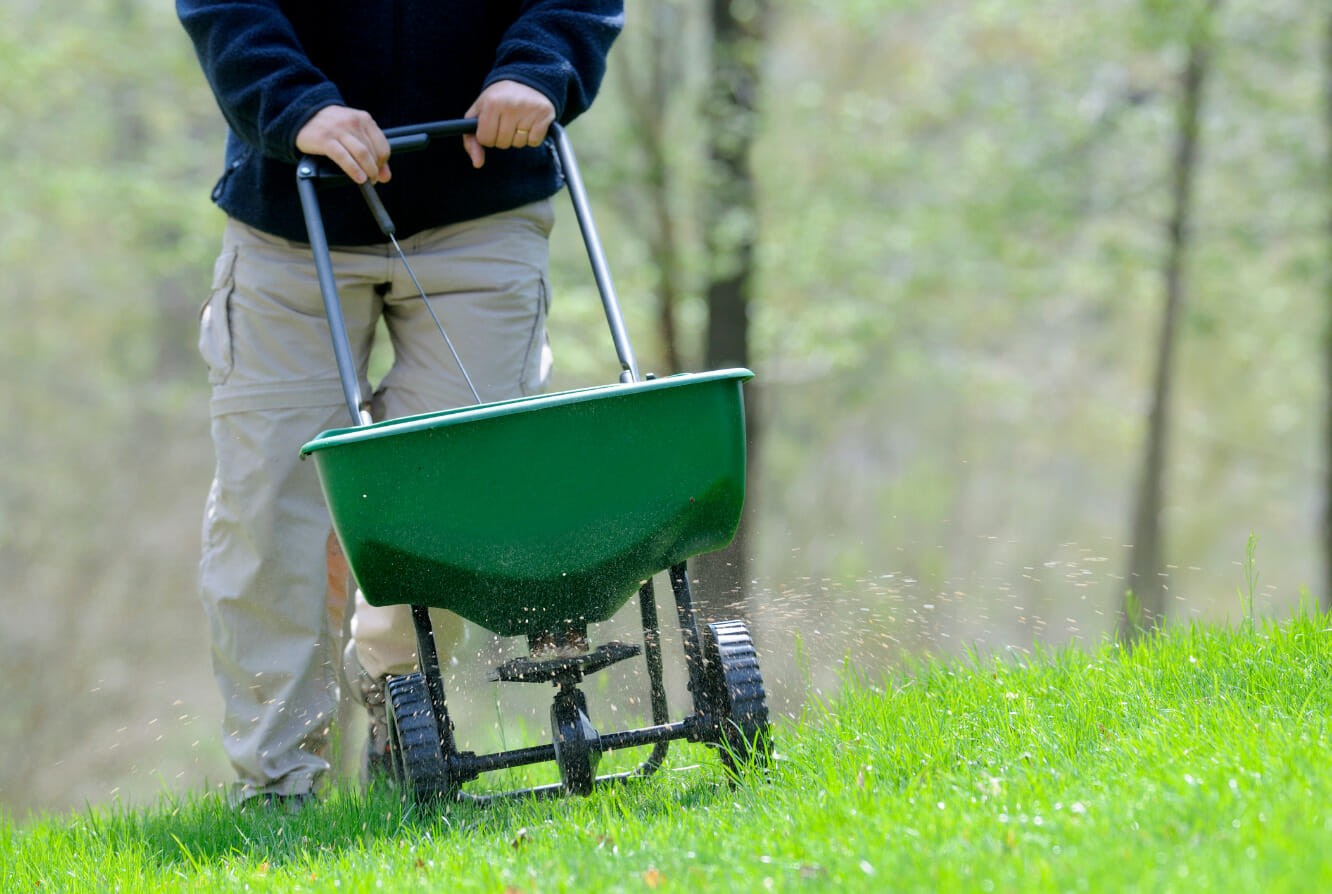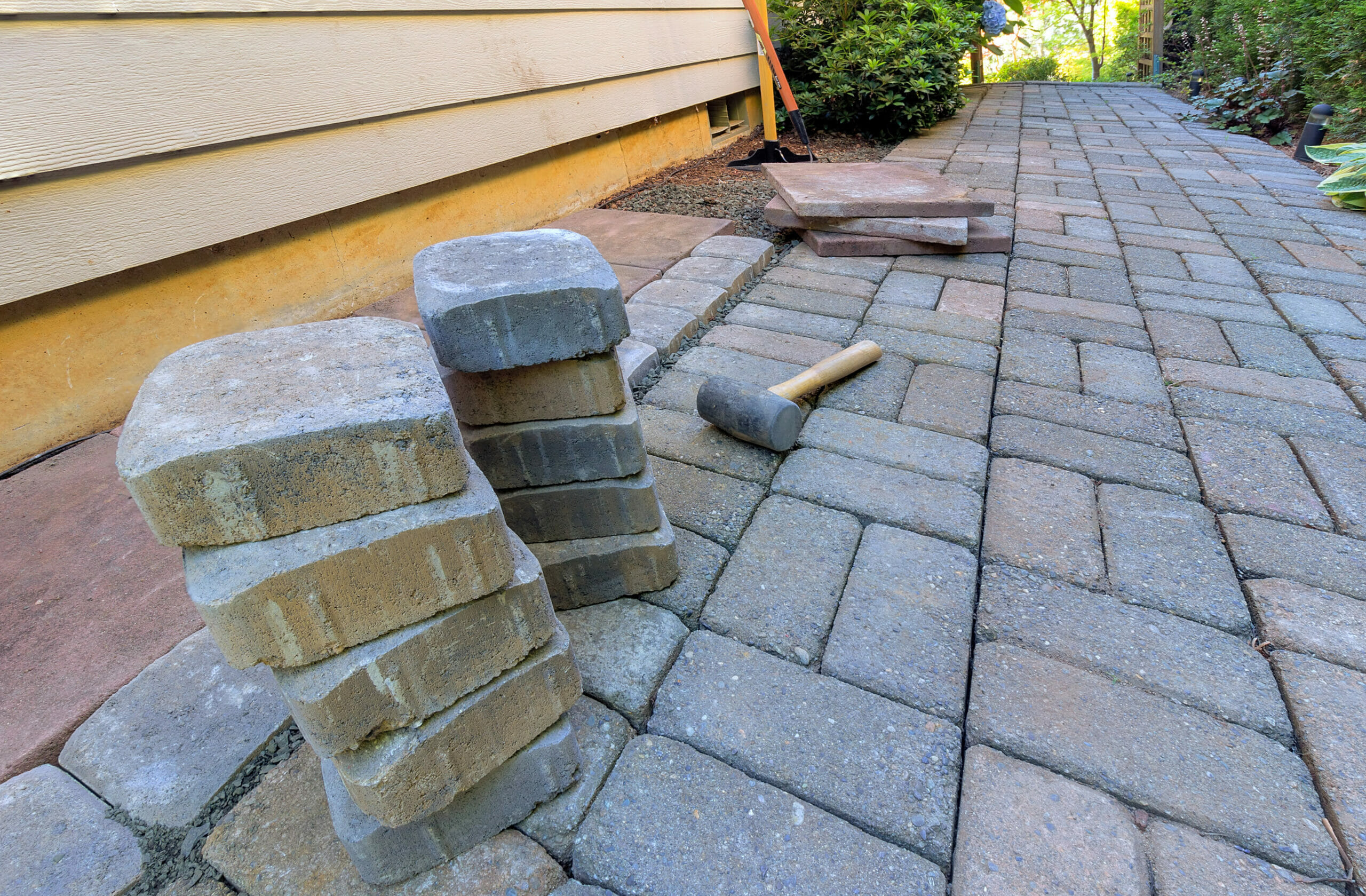
Spring Lawn Care
Spring Lawn Care Tips
As a homeowner, you want your yard looking its best! Here are some tips for your spring lawn care…
Rake and Dethatch
Rake up any leaves, twigs, and other debris that may have accumulated on your lawn. Left alone, dead grass and debris adds to your lawns thatch layer which can suffocate new growth. Raking also loosens matted grass clumps caused by snow mold, which can prevent new grass growth as well. Use a spring-tine rake with a strong upward pull to remove dead grass. Rake when soil is no longer soft and muddy, or you risk pulling up healthy grass crowns.
Overseed
Fill bare or thin spots in the lawn by overseeding and spot-seeding. Spot-seeding small areas in spring often yields good results. When you overseed, apply a slow-release nitrogen fertilizer then five weeks after overseeding, apply a quick-release nitrogen feed. Know your grass type and find a seed that best suits your lawn and conditions.
Aerate
Aerating is a process of perforating the soil with small holes to allow air, water, and nutrients to penetrate the grass roots. It relieves soil compaction and can help stimulate the grasses root growth, improve soil drainage, and promote the decomposition of the thatch layer. Spring or fall is typically the best time to aerate but it’s important to note that not all lawns need aeration, so it’s best to consult a professional.
Weed
Pull any weeds that have started to grow to prevent them from continuing to take over. If you have issues with crabgrass, apply a pre-emergent herbicide to keep seeds that dropped last summer from germinating.
Fertilize
Use a fertilizer specifically designed for spring use to give your lawn a healthy dose of nutrients as it starts to come back to life after winter. Apply this roughly three weeks after grass starts greening, or after you’ve mowed 2-3 times. Apply fertilizer too early and you risk feeding weeds and creating fertilizer runoff.
Water
In the Midwest, spring rains typically provide sufficient moisture for awakening lawns. Avoid overwatering and water only if rains are scarce and the grass shows signs of dehydration.
Mow
Start mowing when the ground is dry enough and grass is long enough to require cutting. Cut at the proper height for your type of grass and avoid mowing too low. Longer grass promotes deeper root development, so it can more easily withstand stress from drought. Grass cut too short allows sunlight to reach soil which encourages weed seeds to germinate, and also causes shorter root length for the grass.
Contact Exterior Enterprises for Spring Yard Clean Up
Need help with spring yard clean up? Thinking about completing a new project such as new fencing or maybe even refreshing a patio? Reach out to Exterior Enterprises! Having a beautiful and well-designed yard can greatly increase curb appeal and the value of your home. The professionals at Exterior Enterprises can work together with you to discuss different design options and make your dreams come to life. Contact the Exterior Enterprises team to get a quote!




